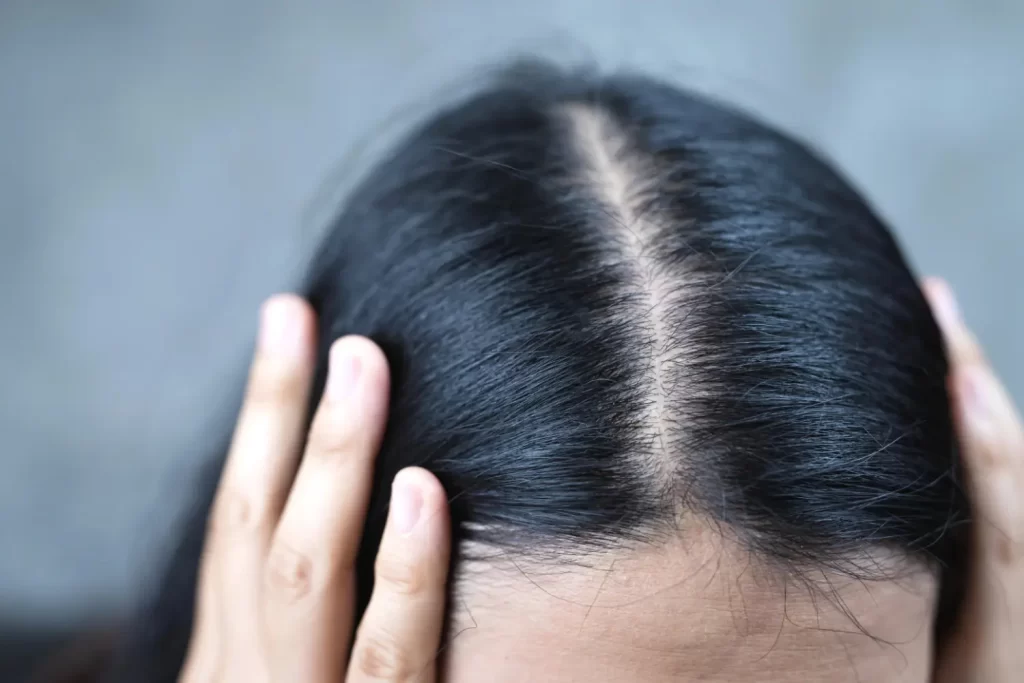
Menopause brings many changes, and for many women, hair thinning is one of the most frustrating.
Hair can be such a big part of a person’s identity, so when it starts to appear finer, grows more slowly, or even sheds more than usual, you may feel inclined to panic. Now, while this can be distressing, the good news is that there are effective ways to manage menopause-related hair thinning and promote healthier, stronger strands.
Menopause-related hair thinning is primarily driven by hormonal changes. As estrogen and progesterone levels decline, hair growth slows, and strands may become finer. At the same time, androgens (male hormones) can have a stronger effect, shrinking hair follicles and leading to increased shedding.
Other factors can also contribute to hair loss during menopause:
If you notice your hair becoming thinner, don’t panic. There are effective ways to manage hair thinning menopause brings, from medical treatments to lifestyle adjustments.
If you’re experiencing hair thinning due to menopause, several treatments can help slow hair loss and promote regrowth.
Minoxidil (Rogaine®) – An FDA-approved topical treatment that stimulates hair follicles and increases hair density.
Hormone Replacement Therapy (HRT) – Helps balance estrogen and progesterone levels, potentially reducing hair loss. Consult your doctor to determine if HRT is right for you.
Prescription Medications – Some women benefit from medications that block androgens, such as spironolactone.
The best approach is often a combination of medical treatments and natural solutions.
A healthy diet and balanced lifestyle play a key role in strengthening hair and reducing thinning during menopause. Proper nutrition ensures that hair follicles get the essential nutrients they need to grow.
The right hair care routine can help protect thinning hair and prevent further damage. Since menopause-related hair loss makes strands more fragile, gentle care is essential.
Use a sulfate-free, volumizing shampoo to cleanse without stripping moisture. Avoid daily washing—2-3 times a week is ideal to maintain natural oils. Pat hair dry instead of rubbing it with a towel to prevent breakage.
Look for biotin-infused or keratin-rich conditioners to strengthen strands. Apply lightweight, leave-in treatments to add hydration without weighing hair down. Avoid harsh chemical treatments like perms and relaxers, which can weaken follicles.
Limit heat styling and always use a heat protectant before blow-drying or curling. Avoid tight hairstyles like ponytails and braids, which can stress hair follicles. Sleep on a silk pillowcase to reduce friction and minimize breakage.
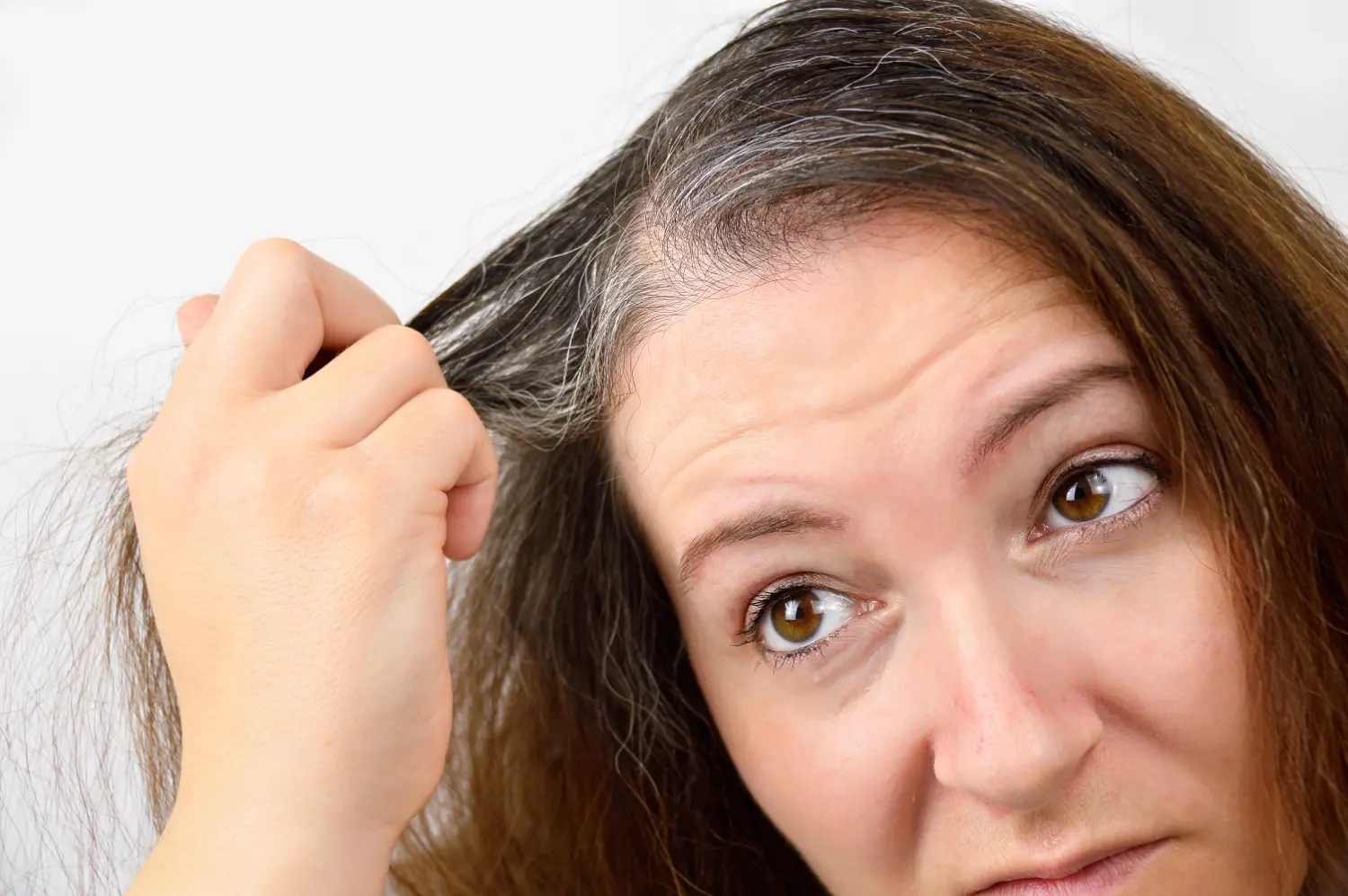
While mild hair thinning is common during menopause, excessive shedding or sudden hair loss may indicate an underlying issue. If home treatments aren’t improving your hair health, it may be time to seek professional help.
If you’re struggling to manage hair thinning menopause brings, despite trying lifestyle changes and treatments, consulting a dermatologist or trichologist can help identify the best course of action.
Menopause-related hair thinning can be frustrating, but with the right approach, you can protect and strengthen your hair. By understanding the hormonal changes behind hair loss, using effective treatments, and adopting a nourishing hair care routine, you can take control of your hair health.
Key Takeaways:
If you’re looking for more advanced solutions, consider exploring professional hair restoration treatments or targeted hair growth supplements. With the right strategy, you can keep your hair strong, healthy, and vibrant through menopause and beyond.
Related Articles




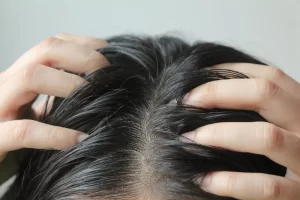
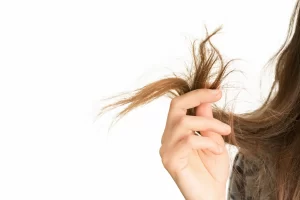
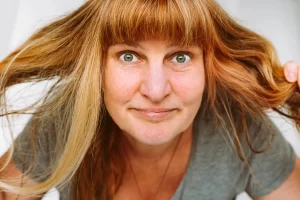
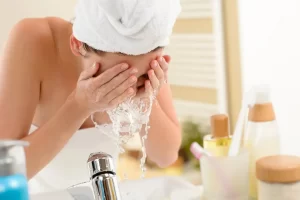

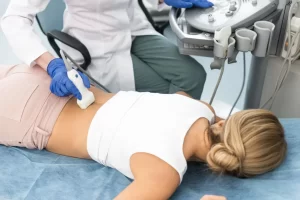
* These statements have not been evaluated by the Food and Drug Administration. This product is not intended to diagnose, treat, cure or prevent any disease.